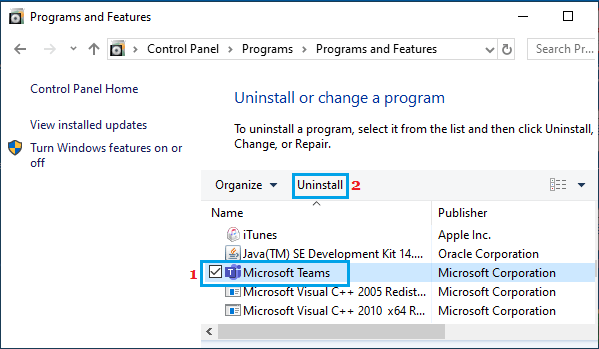

In some cases, people even reported that it removed PDF viewers and antivirus programs (perhaps outdated ones). Many people claim it removed hardware drivers like Intel Rapid Storage Technology and AMD Catalyst Control Center, too. When Windows 10’s first big update arrived, many people on Reddit noticed a variety of programs were being silently removed–most of which were hardware-related utilities. People have reported that it removed the popular Speccy, CPU-Z, HWMonitor, and CCleaner programs from many people’s systems. However, Windows doesn’t provide any notice that it’s removed a program–the program will just appear to vanish from your system. Windows can clean them up and make sure they don’t cause problems. It looks like this feature is designed to help protect the average Windows user, who might have outdated programs installed. If this happens, the “All of your files are exactly where you left them” screen will appear like normal–this screen always appears during major updates–but Windows will actually have removed some of your program files. If a program is known to cause crashes, bugs, or otherwise conflict with Windows, Windows may remove it to keep your system stable. Windows may remove programs during an update for compatibility reasons. That’s usually C:\Windows.old. This is also displayed as “Previous Windows installation(s)” in the Disk Cleanup application. Instead, they’re more like upgrading to an entirely new version of Windows.Īs part of the upgrade process, Windows leaves your old Windows installation–or old Windows build–files in the “Windows.old” directory on your system drive. Builds of Windows 10–like the fall update, Windows 10’s first big update–aren’t like normal Windows updates or service packs at all. It will only remove programs when updating to a new major version, or “build,” of Windows 10.That’s because these major versions, or “builds,” are treated differently from normal Windows updates. To start: Windows won’t just remove programs at random times.

RELATED: How Windows 10's "Builds" Are Different From Service Packs

Windows Only Does This During Major Updates


 0 kommentar(er)
0 kommentar(er)
